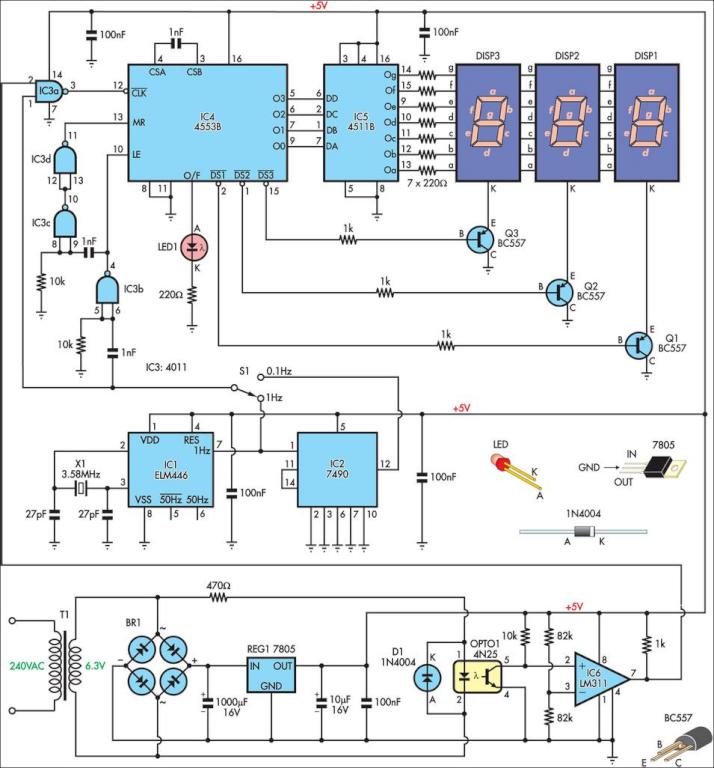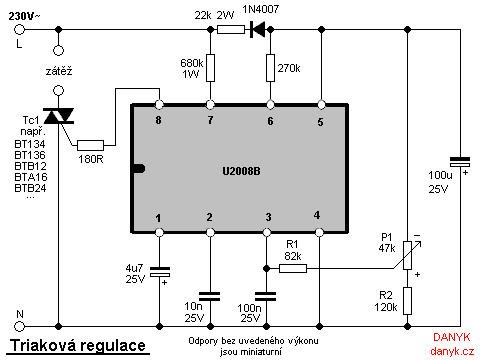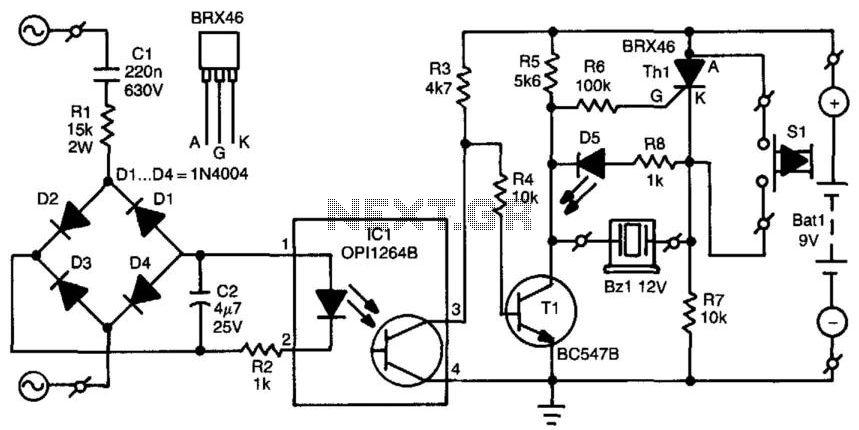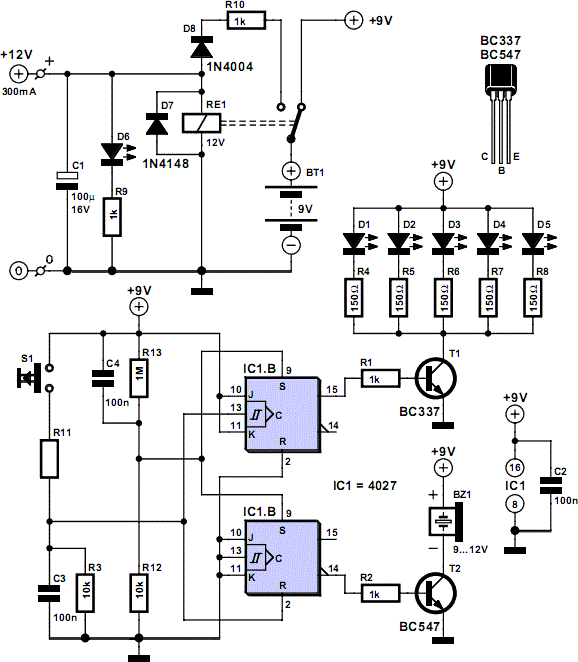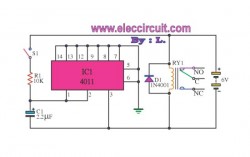
Mains surge suppression
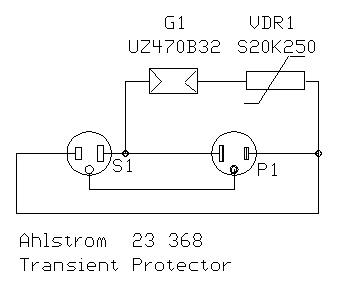
The following circuit is a schematic of a mains surge suppressor manufactured by Strömfors and sold under the model name "Ahstrom Transienttisuoja 23 386". It is designed to protect sensitive electronic devices against overvoltage transients in standard mains voltage conditions. The circuit is intended for use in Finland, where the mains voltage is 230V AC, and the maximum fuse size for the mains connector group is 16A. The surge protector is connected between the main outlet and the equipment to be safeguarded. The protector only addresses overvoltage between live and neutral wires, lacking common mode surge protection. This surge protector is suitable for use with both grounded and non-grounded wall outlets. The operating voltage is 230V AC, with a maximum operating current of 16A and a maximum group fuse size of 16A. The cutting voltage for a 0.2/50 microsecond pulse is 850V at 80A, and the maximum current pulse for an 8/20 microsecond pulse (10 pulses) is 2000A. The circuit is a basic surge suppression design that consists of a voltage-dependent resistor (VDR) and a gas surge suppressor connected in series. The protection circuit is connected between the live and mains leads.
The surge suppressor circuit is engineered to mitigate the risk of damage to electronic devices from voltage spikes that may occur in electrical systems. The primary components include a voltage-dependent resistor (VDR), which exhibits a decrease in resistance when exposed to high voltage levels, effectively clamping the voltage to a safe level. Additionally, the gas surge suppressor provides an alternative path for excess current during transient events, further enhancing protection for connected devices.
The design's capability to operate within a maximum voltage of 230V AC and a current of 16A ensures compatibility with standard household and commercial electrical systems in Finland. The integration of both a VDR and a gas surge suppressor allows for effective suppression of both high-frequency noise and transient surges, making the circuit versatile for various applications.
The circuit's configuration allows for easy installation between the mains outlet and the protected equipment, ensuring that all devices connected downstream are shielded from potential overvoltage conditions. The absence of common mode surge protection indicates that this device is primarily focused on differential mode transients, which are more common in typical electrical disturbances.
Overall, the "Ahstrom Transienttisuoja 23 386" surge suppressor circuit serves as a reliable solution for safeguarding sensitive electronics, particularly in environments where voltage transients are a concern. Its robust design and straightforward functionality make it an essential component for protecting valuable electronic equipment.The following circuit is a schematic of mains surge suppressor circuit manufactured by StrG¶mfors and sold undel model name "Ahstrom Transienttisuoja 23 386". It is designed for protecting sensitive electronic devices agains overvoltage transients in normal mains voltage.
The circuit is designed for use in Finland where the mains voltage is 230V A C and the maximum fuse size for mains connector group is 16A. The surge protector is connected between main outlet and the equipment to be protected. The protector handles G³nly the overvoltage between live and neutral wires (no common mode surge protection). This surge protector is suitable to be used with both grounded and non-grounded wall outlets. Operation voltage 230 V AC Max. Operation current 16 A Max. group fuse size 16 A Cutting voltage (0, 2/50 microsecond pulse) 850 V @ 80 A Max. current pulse (8/20 microsecond pulse, 10 pulses) 2000 A The circuit is quite basic surge suppression circuit which consists of VRD and gas surge suppressor connected in series.
The protection circuit is connected between live and mains leads. 🔗 External reference
The surge suppressor circuit is engineered to mitigate the risk of damage to electronic devices from voltage spikes that may occur in electrical systems. The primary components include a voltage-dependent resistor (VDR), which exhibits a decrease in resistance when exposed to high voltage levels, effectively clamping the voltage to a safe level. Additionally, the gas surge suppressor provides an alternative path for excess current during transient events, further enhancing protection for connected devices.
The design's capability to operate within a maximum voltage of 230V AC and a current of 16A ensures compatibility with standard household and commercial electrical systems in Finland. The integration of both a VDR and a gas surge suppressor allows for effective suppression of both high-frequency noise and transient surges, making the circuit versatile for various applications.
The circuit's configuration allows for easy installation between the mains outlet and the protected equipment, ensuring that all devices connected downstream are shielded from potential overvoltage conditions. The absence of common mode surge protection indicates that this device is primarily focused on differential mode transients, which are more common in typical electrical disturbances.
Overall, the "Ahstrom Transienttisuoja 23 386" surge suppressor circuit serves as a reliable solution for safeguarding sensitive electronics, particularly in environments where voltage transients are a concern. Its robust design and straightforward functionality make it an essential component for protecting valuable electronic equipment.The following circuit is a schematic of mains surge suppressor circuit manufactured by StrG¶mfors and sold undel model name "Ahstrom Transienttisuoja 23 386". It is designed for protecting sensitive electronic devices agains overvoltage transients in normal mains voltage.
The circuit is designed for use in Finland where the mains voltage is 230V A C and the maximum fuse size for mains connector group is 16A. The surge protector is connected between main outlet and the equipment to be protected. The protector handles G³nly the overvoltage between live and neutral wires (no common mode surge protection). This surge protector is suitable to be used with both grounded and non-grounded wall outlets. Operation voltage 230 V AC Max. Operation current 16 A Max. group fuse size 16 A Cutting voltage (0, 2/50 microsecond pulse) 850 V @ 80 A Max. current pulse (8/20 microsecond pulse, 10 pulses) 2000 A The circuit is quite basic surge suppression circuit which consists of VRD and gas surge suppressor connected in series.
The protection circuit is connected between live and mains leads. 🔗 External reference
Warning: include(partials/cookie-banner.php): Failed to open stream: Permission denied in /var/www/html/nextgr/view-circuit.php on line 713
Warning: include(): Failed opening 'partials/cookie-banner.php' for inclusion (include_path='.:/usr/share/php') in /var/www/html/nextgr/view-circuit.php on line 713
